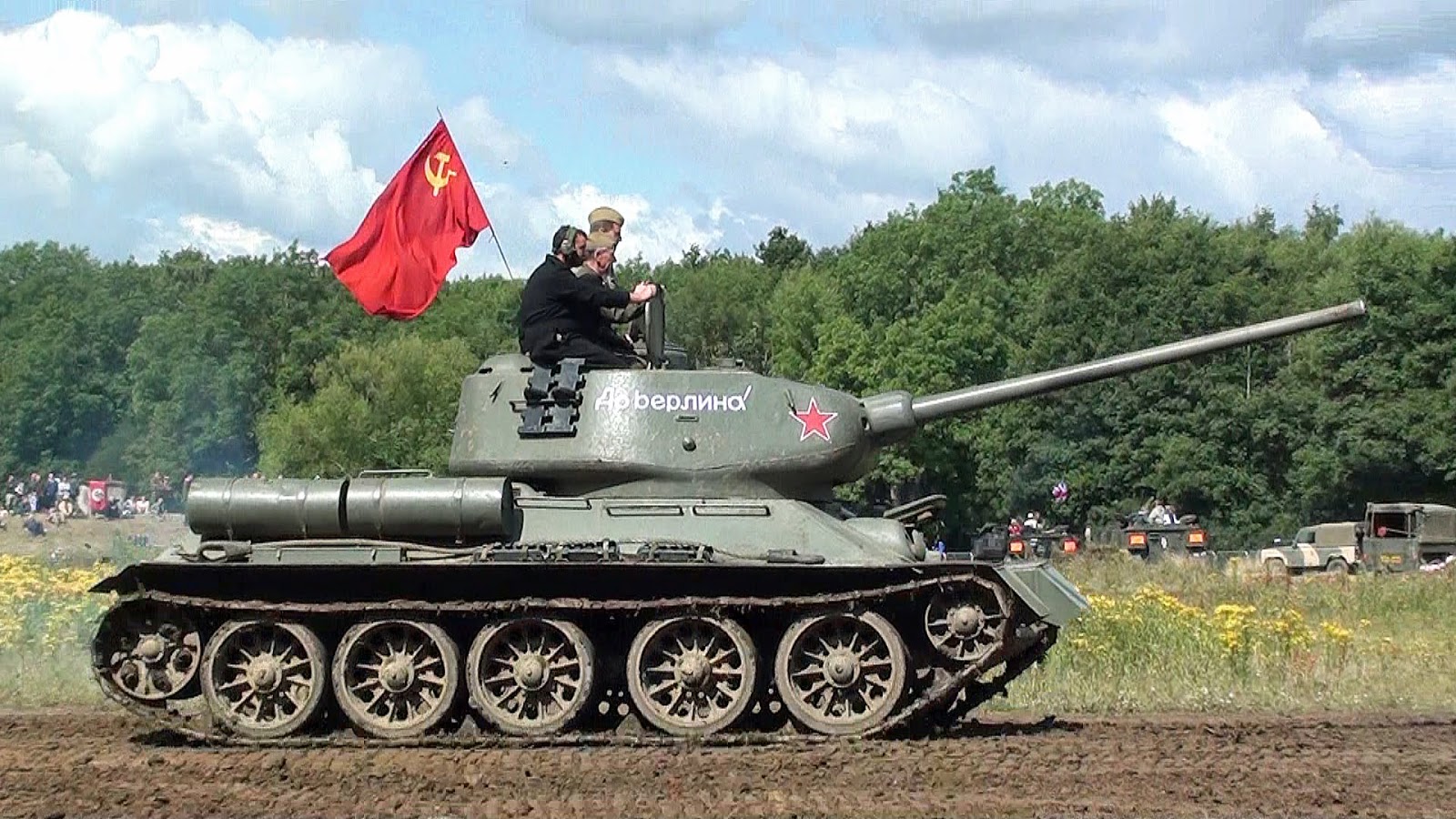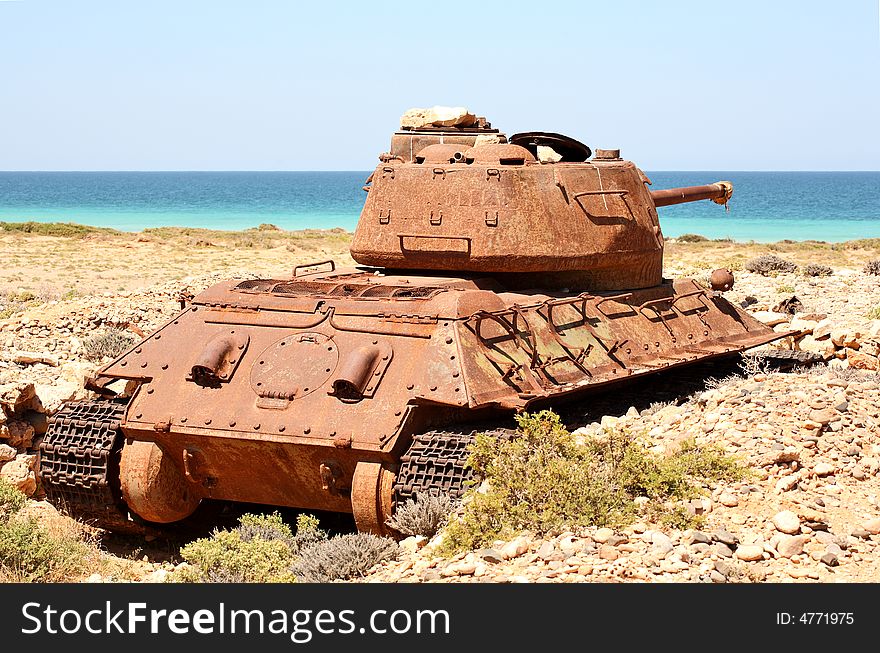

The difference in the combat mass of them is very large - 13.8 tons for BT against 30 tons for “thirty-four”. Of course, the BT-7 and T-34 are tanks of different classes. In the 1930s, the machines of this series were modernized and improved the serial models carried the BT-2, BT-5 and BT-7 indices. On the basis of the imported Christie vehicle, a whole family of high-speed tanks was mastered in the Soviet Union. In about thirty minutes, the crew could remove the tracks and engage a chain drive to the rearmost road wheel on each side, allowing the tank to travel at very high speeds on roads. Walter Christie to reduce wear of the unreliable tank tracks of the 1930s. The wheel-track system was a feature designed by J. Christie - a Liberty 12-cylinder V-type of 338 horsepower with forced-water cooling.

The first Russian Christies had the same engines as the U.S. The Russians copied these, built Christie tanks, and eventually incorporated the Christie suspension system into the T-34. First brought to the Soviet Union as a turret-less example under the designation of “farm tractor”, the Christie and subsequent Spanish variants provided a basis for Soviet designer Mikhail Koshkin. In 1931 the Russians bought two M1931 Christie tanks from the US Wheel Track Layer Corporation in the United States. The T-34 combined the maneuverability of a light tank with a high level of body armor and powerful armament at the level of a heavy tank. The opposite extreme was represented by heavy tanks with strong armor and powerful weapons, but at the same time slow and slow-moving. On the one hand - BT (bystrokhodny tank / high-speed tank) tanks had speed, mobility and maneuverability, but on the other hand had a weak defense against shells and low fire power of the established weapons. In the 1930s there were two extremes in the domestic tank building. The T-34 is the first mass Soviet medium tank.


 0 kommentar(er)
0 kommentar(er)
